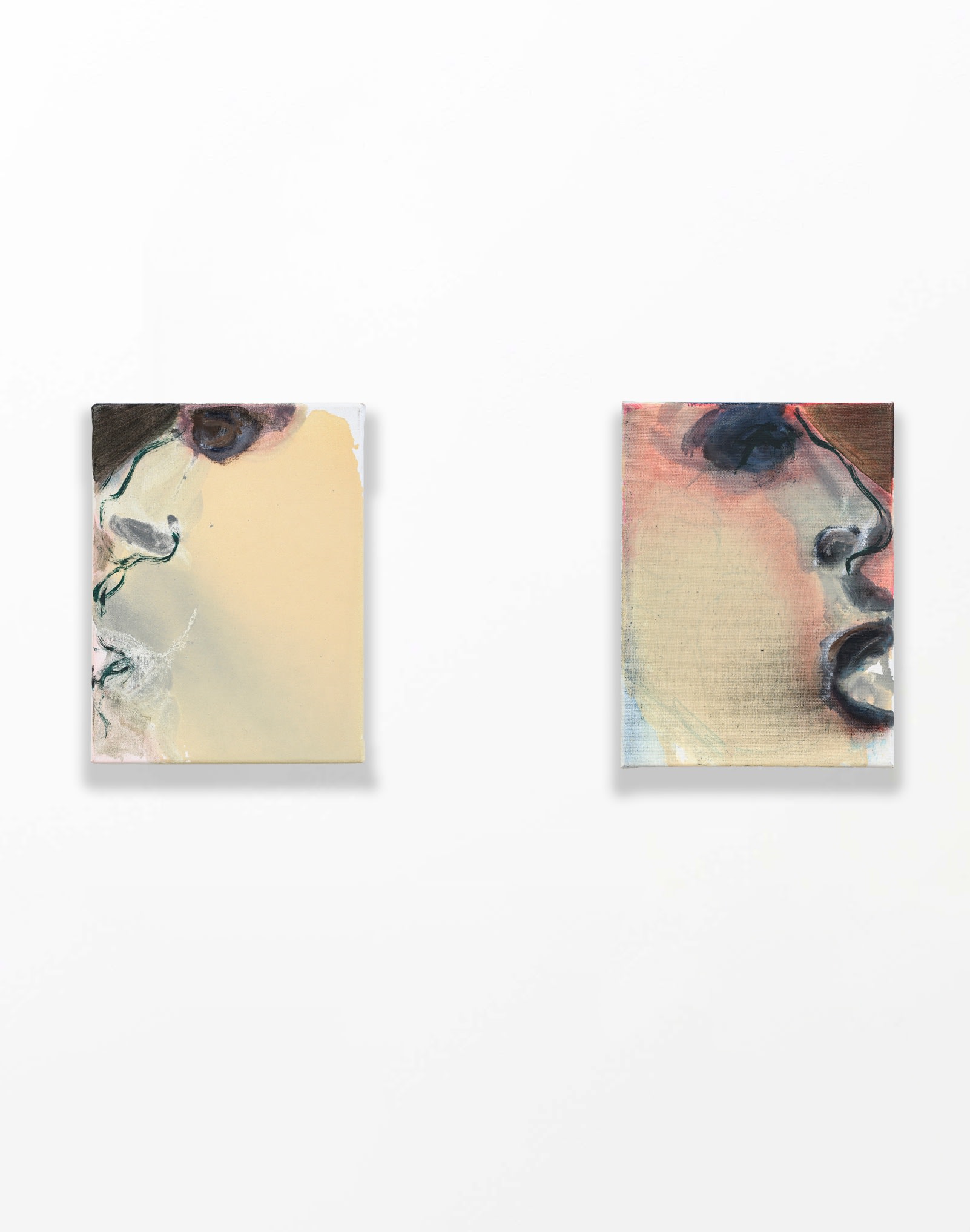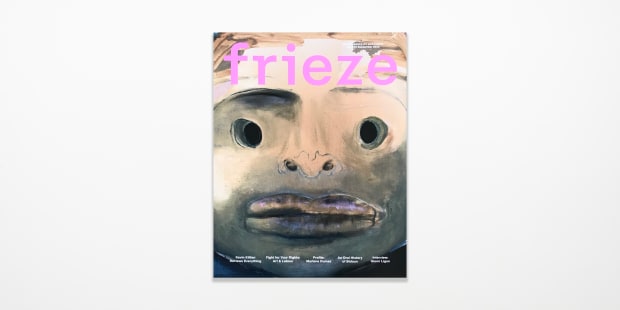Marlene Dumas: Mourning Marsyas
-
The paintings in this exhibition are created through a mixture of chance and intention, mostly evolving in a dance through time, combining very fast and focused actions with reflective pauses. Here, Dumas’s style as well as subjects move between being in and out of control. We encounter neither portraits nor observations, but images of feelings and moods. The tone is one of mourning, of the desperation of displacement, and of grief both personal and universal.
-
-
Painting as mourning"There is nothing new about these works. Neither in their themes, nor in their process of becoming. What Dracula said to his love applies to my painted figures, “I have crossed oceans of time to find you.” These works are heavy with the weight of a bad conscience, deceased lovers, past failures and present atrocities. To paint is an apology for painting.Live in the moment? At this moment children are dying in Gaza, while I am reading Ovid. In his epic Metamorphoses everyone is telling everyone stories. Revenge rules.
-
 Mourning Marsyas, 2024
Mourning Marsyas, 2024 -
Marsyas dared to challenge Apollo to a music competition. The reckless satyr who loved drinking and dancing lost and the unfair good god of reason punished him by skinning him alive. Mourning Marsyas is a homage to those prepared to die for speaking truth to power. Mourning the belief that war is a better solution to peace.
-
 Pareidolia, 2024
Pareidolia, 2024 -
Pareidolia is the tendency to see something meaningful in ambiguous images. Sounds a bit like paranoia, this word for seeing faces in everything. I left the clouds for the stones and the rocky places … always wanted to go see the man in the moon, but heard he’s been evacuated, to a safer place.
-
 Makapansgat Pebble, 2024
Makapansgat Pebble, 2024 -
Makapansgat Pebble is an ancient waterworn cobble found in a dolerite cave in Limpopo, South Africa. Named after the Ndebele chief Makapan who, with his people, was starved to death there when in 1854 the Boer commando, as revenge for previous killings, blocked the entrance to where they were hiding. Many many years later this pebble with its “faces” was discovered among the remaining skulls and bones.
-
 Utøya, 2018–2023
Utøya, 2018–2023 -
Utøya is the name of an island near Oslo. In 2018 I tried to make a painting for Edvard Munch, who died in Oslo in 1944, of the 2011 Utøya massacre. There, 69 people were killed by a local extremist whose targets were Labour Party members and teenagers at a summer camp. I started, then stopped, until now, to complete it.
-
 Fortune, 2024
Fortune, 2024 -
Fortune had a totally unpredictable start, but ended up as The Three Graces meets Albrecht Dürer’s powerful middle-aged winged female nude, combined with Nemesis, the merciless Greek goddess of retribution (originally the distributor of fortune) meets The Three Fates (personified as very old women) who spin the threads of human destiny. Clotho spins it, Lachesis measures it, and Atropos cuts it off.
-
 The Enemy, 2018–2024
The Enemy, 2018–2024 -
The Enemy used to be called Almost Kissing. In 2018, I painted a diptych of two faces close to kissing. In 2024 I made them look even more alike than before, but then turned them around, facing away from each other. Now they cannot see one another anymore."– Marlene Dumas, Amsterdam, 2024
-

From left to right: Utøya, 2018–2023 and Nemesis, 2024
-

From left to right: The Enemy, 2018–2024 and War, 2024
-

From left to right: Two Gods, 2021, Makapansgat Pebble, 2024 and Pareidolia, 2024
-

From left to right: Ceasefire, 2024, Tombstone Lovers, 2021 and History, 2003–2024
-
-

-

-

-

-
Please note: we regret that the downstairs gallery space is not wheelchair accessible, there are 21 steps. Please speak to a member of staff for further information.
Artwork photography: Peter Cox
Installation photography: Ben Westoby













